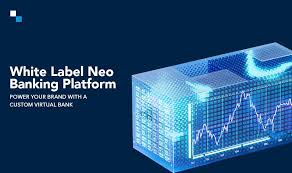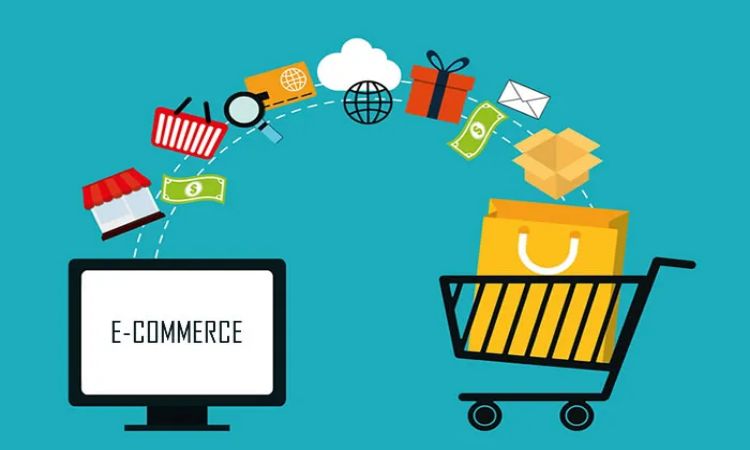
Optimizing customer relationships is essential for long-term business success. This is where sales enablement platforms prove invaluable. These systems streamline processes, empower teams, and ensure that every client interaction is meaningful and productive. Businesses that implement such platforms experience improved engagement and higher retention rates.
Advanced platforms also integrate with CRM tools, creating a unified system for data management. As a result, teams can quickly retrieve key customer details, boosting operational efficiency. But what role do sales enablement systems play in ensuring better management of relationships? This article will tell you that.
Enhancing Sales and Marketing Alignment
Bridging the gap between sales and marketing is crucial for customer-focused strategies. Enablement platforms unify these teams by offering a shared database of client information, marketing materials, and engagement metrics. This synergy results in personalized outreach, timely follow-ups, and stronger customer loyalty. Centralized asset management ensures that only updated content reaches customers, reducing miscommunication risks. Automated alerts also notify teams of important milestones, prompting proactive engagement.
Streamlining Access to Resources
Client-facing teams need immediate access to critical information during interactions. Enablement tools centralize data such as product updates, customer preferences, and training content. Easy access to these resources ensures better service delivery, building a trust-based relationship with clients. Intelligent search functions within platforms reduce the time spent looking for specific documents. Cloud-based storage also guarantees resource availability from any location, ensuring uninterrupted support.
Customer Insights Analytics
Data-driven insights help businesses tailor their strategies. Enablement solutions offer comprehensive reports on client interactions, sales performance, and engagement trends. Analyzing this data allows businesses to adjust their approach, ensuring needs are anticipated and met effectively. Real-time reporting features enable quicker response to market changes. Predictive analytics also help identify future client behavior, aiding long-term strategy planning.
Automated Customer Experience
Manual processes can slow down business operations, leading to delayed responses and unsatisfied clients. Automation features in enablement systems streamline activities like lead management, follow-up scheduling, and document sharing. These tools enhance responsiveness while reducing human errors. Automated workflows ensure consistent task execution according to predefined rules. Task reminders prevent missed follow-ups, keeping the sales pipeline active and efficient.
Facilitating Personalized Communication
Personalized communication fosters deeper connections with clients. Enablement platforms segment customer data, enabling tailored messages based on individual preferences and past interactions. This personalized approach enhances brand loyalty and client satisfaction. Automated email campaigns maintain regular engagement with minimal manual input. Multi-channel messaging capabilities ensure consistent communication across various platforms.
Supporting Continuous Learning
Consistent training equips teams to respond more effectively to client queries. Sales systems offer integrated learning modules, product tutorials, and best practice guides. Ongoing education ensures that representatives stay knowledgeable, boosting client confidence and satisfaction. Gamified training features incentivize learning, keeping teams motivated. Role-specific content delivery further customizes training paths for individual team members.
Key Considerations for Choosing Effective Software
When selecting the right platform, businesses should evaluate tools based on:
- Data Integration Capabilities: Seamless data synchronization across departments.
- User-Friendly Interface: Simple navigation for effortless team adoption.
- Customization Options: Adaptability to unique business needs.
- Automation Features: Streamlined processes for maximum productivity.
- Analytics and Reporting: Insightful metrics for continuous improvement.
Integration with existing CRMs should also be prioritized to prevent data silos. Security features like role-based access controls protect sensitive business information.
By integrating the right sales enablement systems, businesses can elevate their customer engagement, resulting in long-term growth and success. These systems help create a well-structured sales process, minimizing operational inefficiencies. With the right implementation strategy, companies can maintain a competitive edge in dynamic markets.
Write and Win: Participate in Creative writing Contest & International Essay Contest and win fabulous prizes.


